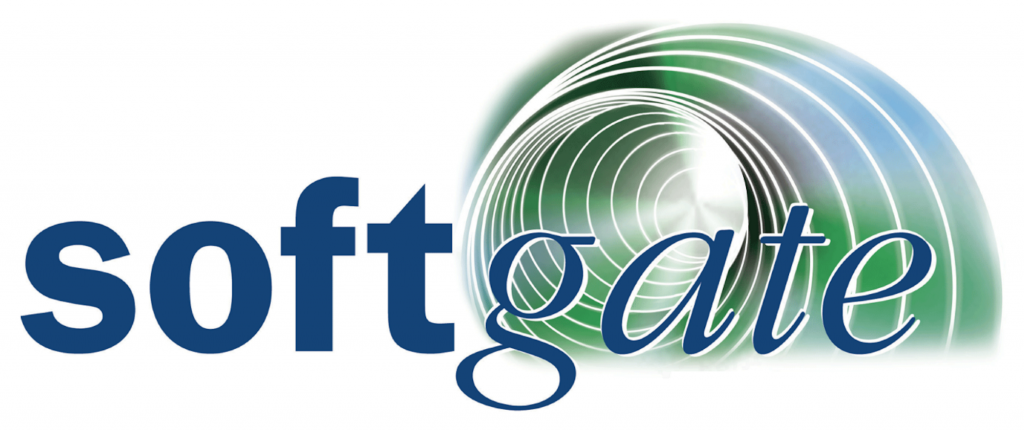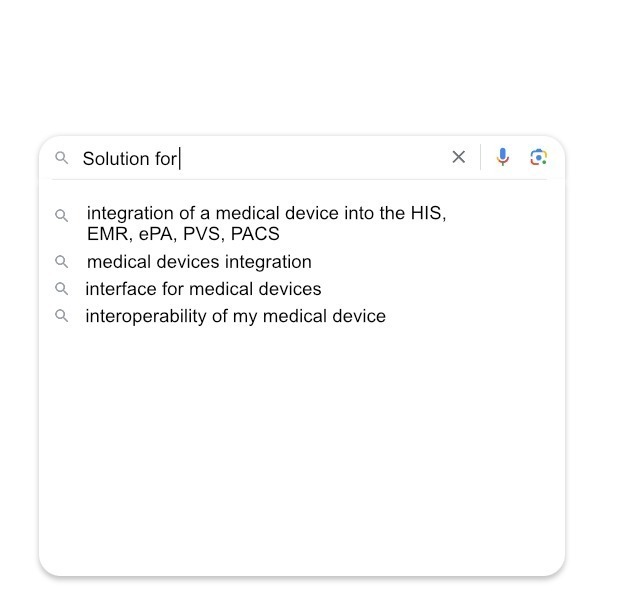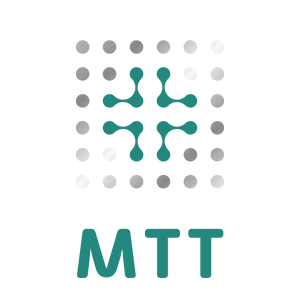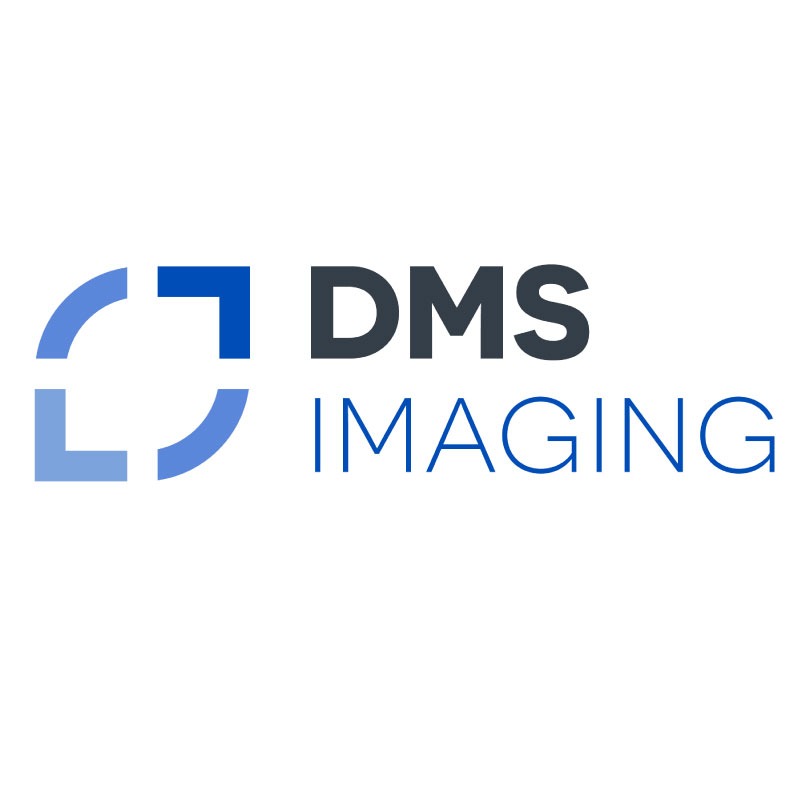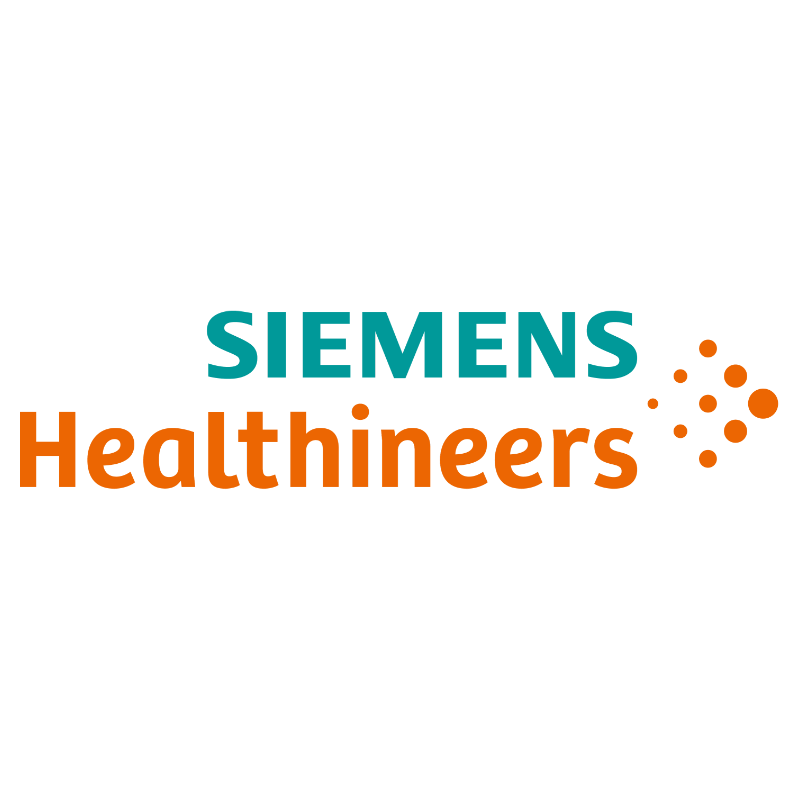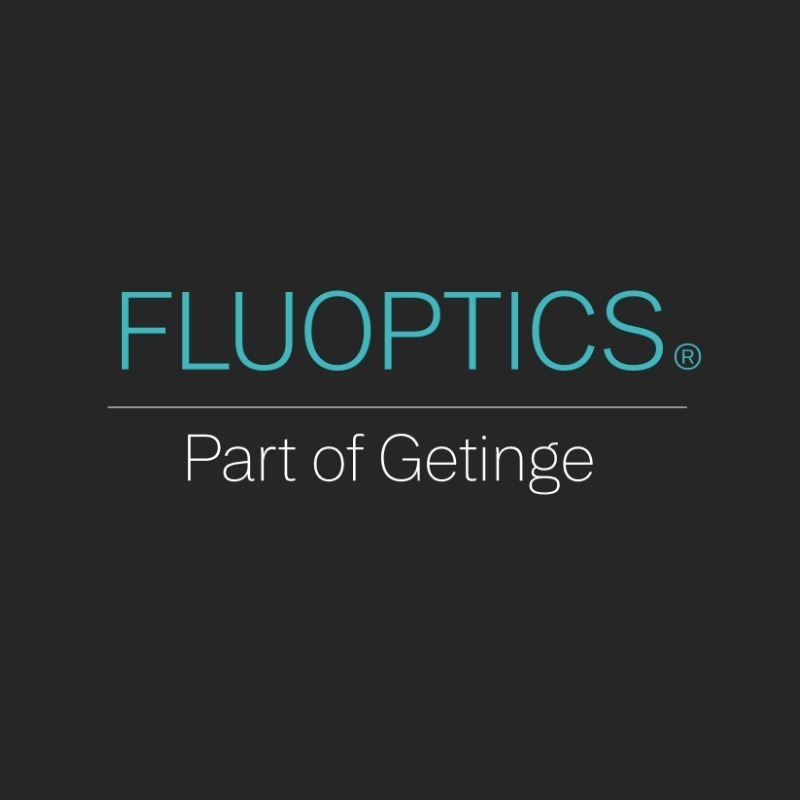Medical device manufacturers must integrate their products seamlessly with IT. Regulatory requirements, as well as user demands, optimal interoperability and seamless information flow to enhance patient care and safety.
Functioning interfaces are increasingly an essential and obligatory procurement criterion.
Why this is the case and how it works is explained by Connectivity Consultant Markus Sabin.
Interfaces overview
The standard is designed to cover all events in the hospital in corresponding messages. However, this requires a high degree of adaptability (application worldwide and different workflows), since the standard requirements are quite general. HL7® interfaces are therefore generally not plug & play and must be adapted to local conditions during integration in a particular hospital. The message exchange approaches were state-of -the-art in the past millennium and seem odd to contemporary software developers.
Used mainly for devices that:
- Are installed within the hospital network
- Do not generate image or video data
Benefits:
- Supported in practically every HIS/EMR
The Challenge:
- The message exchange approaches were state-of-the-art in the past millennium and seem odd to contemporary software developers.
- Implementing cybersecurity with HL7® in a major challenge because the standard itself does not address this.
- Requires End- customer specific adjustments and appropriate project management
The „I“ in DICOM stands for „Imaging“ and makes it clear that this standard is specialized in the processes around medical image data. This specialization enables very accurate requirements for communication, which are described down to the last detail on more than 10,000 pages.
Due to the large volume and the very formalized language, DICOM is considered to be very complex. On the other Hand, DICOM interfaces are usually plug & play and extremely robust when it comes to updates.
Used mainly for devices that:
- create or use images and videos
Benefit:
- Global plug & play
The Challenge:
- Difficult to learn and complex/time consuming to implement
IEEE 11073 SDC stands for Service-Oriented Device Connectivity and is a family of interoperability standards for medical devices. The purpose of these standards is to interconnect medical devices from different manufacturers and systems for patient care in critical environments, like an operation room or intensive care unit. With SDC, devices can be connected to form intelligent ensembles. For example, the entire OR equipment could be controlled via a single control panel. In intensive care, SDC brings the vision of a “silent ICU” (intensive care unit without alarms in the patient’s room) within reach.
We have the sdcX software library from SurgiTAIX in our solution portfolio. A commercial solution that enables you to connect your devices via SDC without in-depth knowledge of the standards.
- solution incl. documentation and Risk assessment, compliant with IEC 62304/ISO 14971
- Consideration of requirements for IT security (ISO 81001-5-1)
- Permanent updating and active reporting
- Advice and support from our interoperability experts
Used mainly for devices that:
- Are used in the operating room or intensive care unit.
Benefits:
- The main focus of SDC is on mutual control and real-time data flow. In contrast to previous approaches, which only allowed this on a vendor-specific basis, SDC offers the possibility of connecting devices regardless of their manufacturer. This means, for example, that a surgeon can control dozens of devices in the OR via a uniform set of control interfaces instead of having to switch between the different control elements of the individual devices during surgery.
The Challenge:
- SDC claims to be „plug and play“. The protocols for discovering other devices in the OR and the subsequent exchange of information are correspondingly complex. They are based on web standards (SOA) that are not part of the typical tech stack of medical device developers. Because of this complexity, the implementation of a so called „SDC-stack“ is very time-consuming.
With sdcX and our support you can master the challenge of integration in IEEE 11073 SDC.
HL7® FHIR is promoted as the successor to „classic HL7®“. The field of application is identical. Everything that is relevant in medical and accompanying processes (e.g., charge posting), and for which HL7® has been used classically so far, can basically be solved with FHIR.
FHIR is based on modern technology (web-based, integrated cybersecurity), is very well documented and can be implemented relatively easily with contemporary development tools.
Used mainly for devices that:
- Are Operated outside the hospital
Benefit:
- modern technology and good track of documentation
The Challenge:
- For Communication within the hospital/medical facility is not in every location availabl.
GDT stands for „Gerätedatenträger“ (device data media). This shows us that it is a standard, which is only used in German speaking countries. However, it is extremely widespread in the field of private medical practices in Germany and the practice management systems (PVS= the hospital information system for the private physician). Devices that are integrated into PVSs cannot avoid a GDT interface in Germany.
Used mainly for devices that:
- Are integrated in medical offices in Germany
Benefit:
- Easy to implement and relatively accurate requirements. Plug&Play is possible in most cases.
The Challenge:
- Germany’s special path, a relatively large effort for relatively small market
FAQ
„EMR“ stands for „Electronic Medical Record“ and refers to the concept of having a central patient record where all medical data on a patient converges. This makes the data available to all users in the hospital. The EMR revolves around the creation and storing of medical treatments and their documentation.
An EMR significantly assists medical staff in treating the patient, as they can obtain a comprehensive overview of all data available on the patient in just one system. If a device does not have an interface to the EMR, then the patient’s data will be missing or users will have to manually transfer it to the EMR. This approach is not very popular because it needs additional work and is more error-prone than automatic transfer.
APELEM uses DICOMconnect to connect with HIS/RIS and PACS systems all over the globe
Custom software development for the teamplay digital health platform
Integration of a DICOMconnect interface for the integration of medical image data into the clinical workfolw
Contact us:
Please feel free to reach out to my team and me if you have any questions. We would be happy to give you an initial overview of how you can achieve your individual goals with our efficient solutions.
*HL7® is the registered trademark of Health Level Seven International. Use of this trademark does not constitute an endorsement from HL7.
